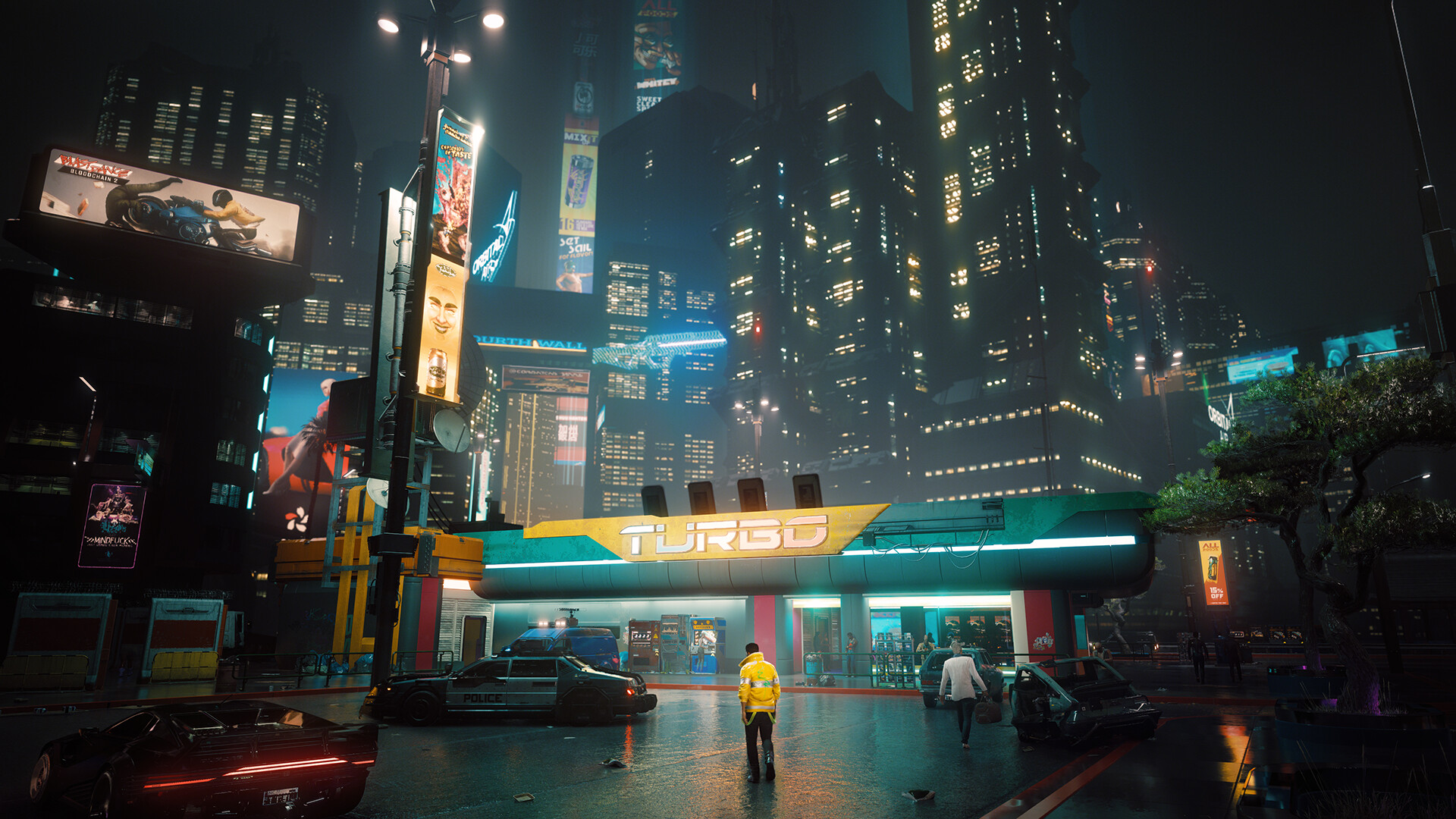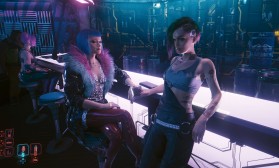The release of Fire Emblem Warriors: Three Hopes in 2022 presented players and critics with a fascinating question: What exactly is this game? On the surface, it is a direct sequel to the critically acclaimed Fire Emblem: Three Houses, sharing its world, characters, and narrative depth. Yet, its core gameplay is inherited from the Warriors (or Musou) genre, known for its fast-paced, one-versus-thousands combat. This fusion creates a compelling hybrid that defies a simple, single-genre label. To classify Three Hopes solely as a JRPG or an action game is to miss the point of its design. Instead, it is a sophisticated and deliberate synthesis of both, leveraging the strengths of each genre to create an experience that is greater than the sum of its parts. It is, unequivocally, an Action JRPG.
Deconstructing the Action Game Foundation: The "Warriors" Core
At its most fundamental level, Three Hopes is an action game. The moment-to-moment gameplay is defined by the Warriors formula. Players control a single character on a vast battlefield, hacking and slashing through hundreds of enemy soldiers, captains, and powerful commanders. The combat system is built on light attacks, heavy attacks, and special Musou attacks, all mapped to simple button inputs. The primary loop involves capturing strongholds, managing the battlefield map, and defeating key officers to shift the tide of war.
This is pure action-game territory. The skills required are largely reflexive: dodging at the right moment, executing combos, and managing crowd control. The satisfaction is immediate and visceral. There is a tangible power fantasy in unleashing a character’s special ability and clearing an entire screen of enemies. The game demands spatial awareness and quick decision-making in the heat of battle, hallmarks of the action genre. If one were to judge the game solely on its core combat mechanics, the label "action game" would be perfectly adequate. However, this perspective ignores the immense superstructure of systems that envelop this action core, systems borrowed directly from the JRPG genre and, more specifically, from Fire Emblem.
The JRPG Soul: Narrative, Strategy, and Character Progression
Where Three Hopes transcends its action roots is in its deep and pervasive integration of JRPG elements. The most significant of these is the narrative. Unlike many pure Warriors titles, which often feature simplistic or serviceable stories, Three Hopes boasts a narrative as complex and character-driven as its tactical RPG predecessor, Three Houses. The game is not a side story; it is an alternate timeline with full-fledged, branching storylines for each of Fódlan’s three nations. Players spend dozens of hours engaging in dialogue, making narrative choices that affect the story’s outcome, and developing relationships with a large cast of characters.
This narrative depth is a cornerstone of the JRPG genre. The game forces players to invest emotionally in the world and its inhabitants, pondering moral dilemmas and the consequences of war, much like in a traditional JRPG. The strategic layer, often paused while in the heat of battle, is equally crucial. Before and after each mission, the game shifts to a home base—the war camp—where the JRPG mechanics take center stage.
Here, players:

- Manage Character Classes: A deep job system allows characters to be promoted along branching class trees, from Myrmidon to Swordmaster or Soldier to Paladin. Each class has unique skills and weapon proficiencies.
- Instruct and Train Units: Like in Three Houses, the player, as the mercenary Shez, spends activity points to tutor companions, improving their stats and unlocking new abilities. This is a long-term, strategic investment in character growth.
- Develop Support Conversations: A quintessential Fire Emblem feature, support conversations between characters build relationships, unlock stat bonuses in battle, and provide rich character backstory. Maximizing these supports is a primary goal for many players.
- Craft, Cook, and Manage Resources: The camp is filled with activities that buff the army, all requiring resource management and planning.
These systems are not ancillary; they are integral to success. A player who ignores the strategic, JRPG layer will find their army underpowered and ill-equipped for later battles. The strength of a character on the battlefield is directly tied to the time invested in their development at the camp. This fusion means the game is not just "action with RPG elements"; the RPG elements are the bedrock upon which the action is built.
The Synthesis: How Genres Intertwine
The true genius of Three Hopes lies in how these two genres are not just placed side-by-side but are intricately woven together. The strategic JRPG layer directly and meaningfully impacts the action gameplay.
For example, the classic Fire Emblem weapon triangle (Swords beat Axes, Axes beat Lances, Lances beat Swords) is fully implemented. In a pure action context, a skilled player could overcome a disadvantage through reflexes alone. In Three Hopes, breaking the weapon triangle imposes significant mechanical penalties, slowing the player’s attack speed and making it harder to break an enemy’s guard. This forces the player to think strategically during the action. One must constantly monitor the battlefield map, identify enemy commanders with advantageous weapon types, and potentially issue orders to allied units to handle threats they are weak against. This is a real-time translation of JRPG strategy.
Furthermore, the class system profoundly alters how a character controls. A character assigned as a Pegasus Knight gains aerial mobility, completely changing the dynamics of traversal and combat compared to a grounded Cavalier. Unlocking a new combat art or spell through instruction provides new tools for the action-oriented combat. The synergy is continuous: the action gameplay provides the excitement and immediacy, while the JRPG systems provide the depth, context, and long-term goals.
Conclusion: The Action JRPG Hybrid Defined
Attempting to force Fire Emblem Warriors: Three Hopes into a single category is a disservice to its ambitious design. If it were just an action game, its sprawling narrative, complex character relationships, and deep strategic progression would feel superfluous. If it were just a JRPG, its moment-to-moment, hack-and-slash combat would be a poor substitute for the tactical grid-based battles the series is known for.
Instead, the game stands as a prime example of a successful hybrid genre: the Action JRPG. It understands that a JRPG is defined not by its combat system alone, but by its emphasis on story, character development, and strategic progression. It also understands that an action game thrives on responsive controls and visceral feedback. Three Hopes masterfully delivers on both fronts. The action provides the thrill of the battle, while the JRPG elements provide the meaning behind it. The player is not just a powerful warrior; they are a strategic commander, a mentor, and a pivotal actor in a grand, emotional narrative. In the end, Three Hopes doesn't ask you to choose between being an action game or a JRPG. It confidently demonstrates that it can be both, and in doing so, creates a uniquely engaging experience that satisfies the cravings of fans of either genre.














